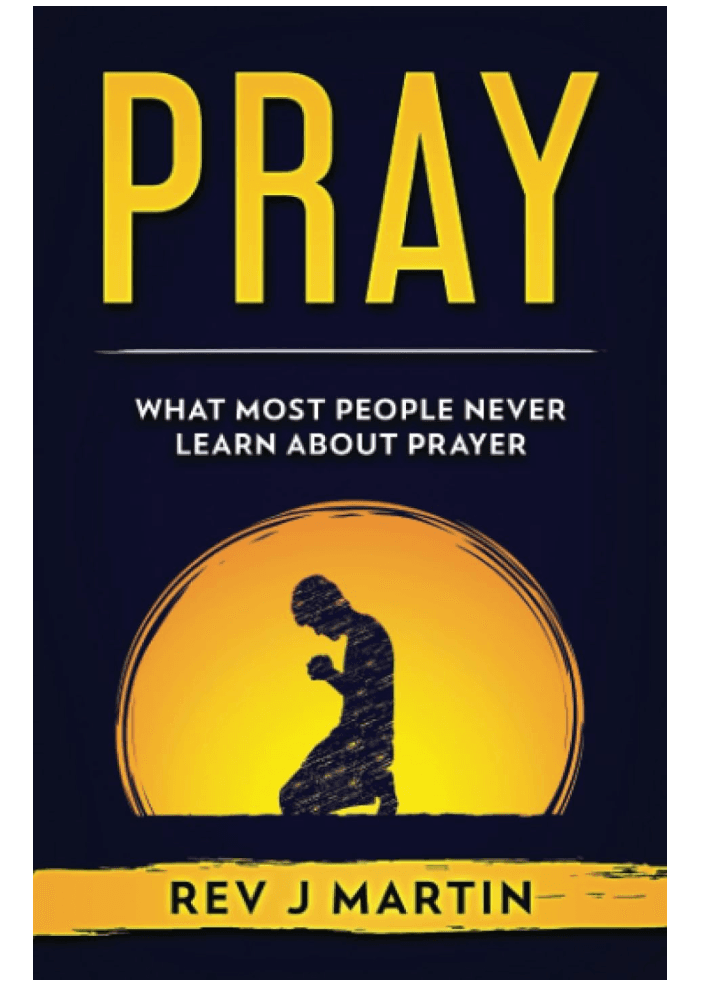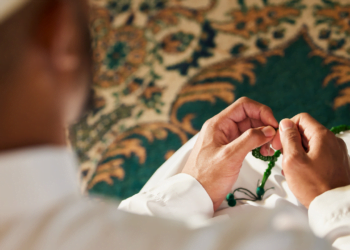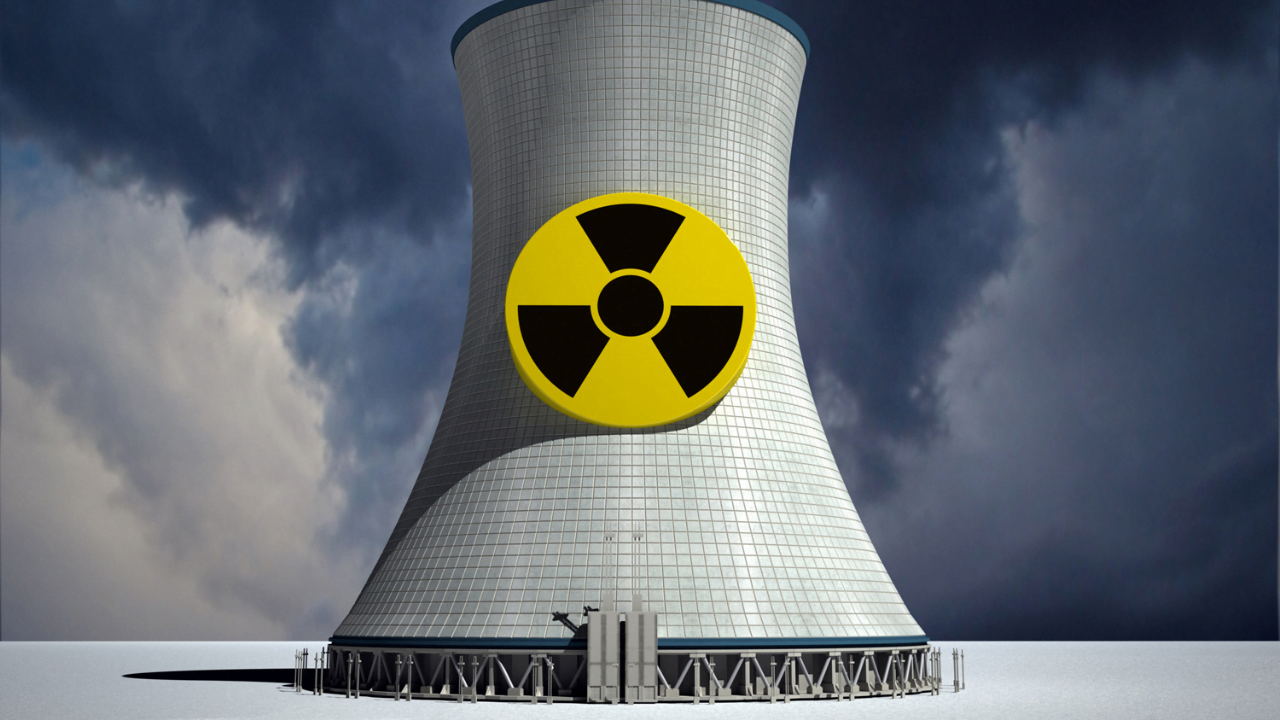No products in the cart.
How To Pray Effectively For Healing?
This post contains paid and/or affiliate links. I make a small commission at no extra cost to you. Please see our Privacy Policy.
Prayer is a powerful tool for healing. It can help with physical recovery, emotional peace, or spiritual renewal. To use prayer effectively, you need faith, intention, and the right practices. This guide will show you how to pray for healing and create a sacred space for your spiritual connection.
Define Your Healing Intentions
Before you start praying, know what you want to heal. Is it a physical illness, emotional pain, or a spiritual void? Being clear about your intentions helps focus your prayers and aligns your energy with healing.
Ask yourself:
- What area of my life needs healing?
- What outcome am I seeking?
- How can I open myself to receive this healing?
Answering these questions gives your prayers direction, making them more impactful.
Cultivate Unshakable Faith and Belief
Faith is the base of effective prayer. Believing in prayer’s power and trusting it is heard connects you to divine energy. Faith isn’t just about rituals; it’s about trusting the process, even when results aren’t immediate.

Here’s how to strengthen your faith:
- Reflect on past experiences where prayer or positive energy brought change.
- Surround yourself with uplifting stories of healing and transformation.
- Practice daily affirmations like, “I trust in the healing power of prayer.”
Faith acts as a bridge between your intentions and the healing energy of the universe. When combined with belief, it creates a powerful force that can manifest miracles.
Jeremiah 17:14 (NIV)
“Heal me, Lord, and I will be healed; save me and I will be saved, for you are the one I praise.”
This verse emphasizes God’s power to heal and the importance of placing our trust in Him.
Use Positive Affirmations in Your Prayers
Positive affirmations are a great addition to healing prayers. They help you focus on the outcome you desire and shift your mindset from doubt to hope. By repeating affirmations, you plant seeds of healing in your subconscious mind, which can grow into reality with time and faith.
Examples of healing affirmations:
- “I am whole, healthy, and full of vitality.”
- “Healing energy flows through me every moment.”
- “I release all pain and embrace peace and wellness.”
Incorporate gratitude into your affirmations to amplify their power. For instance, say, “I am grateful for the healing that is already taking place in my life.” Gratitude raises your vibration and attracts more positive energy.
Practice Gratitude and Mindfulness
Gratitude and mindfulness are key for deepening your connection to healing energy. Gratitude shifts your focus from what’s lacking to what’s abundant in your life, creating a positive mindset that attracts healing. Mindfulness keeps you present, allowing you to fully experience the divine energy flowing through your prayers.
Tips to practice gratitude and mindfulness:
- Start each prayer by listing three things you’re grateful for.
- Keep a gratitude journal to track blessings and progress in your healing journey.
- During prayer, focus on your breath and visualize healing light surrounding you.
These practices not only enhance your prayers but also bring peace and clarity to your mind and spirit.
James 5:16 (NIV)
“Therefore confess your sins to each other and pray for each other so that you may be healed. The prayer of a righteous person is powerful and effective.”
This verse highlights the power of prayer and the importance of community in the healing process.
Create a Sacred Space for Prayer
A dedicated sacred space can greatly improve your healing prayers. It’s a place where you can deeply connect with your spirituality. Here, you can focus on your intentions without any distractions.
How to create a sacred space:
- Choose a quiet area: Pick a peaceful spot in your home or outdoors. Make sure it’s where you won’t be bothered.
- Personalize it: Add items that bring calm and inspire spirituality. Think about candles, crystals, religious symbols, or plants.
- Clear the energy: Use sage, incense, or sound bowls to clean the space before praying.
- Set a focal point: Place an altar, statue, or meaningful object at the center. This helps keep your focus.
- Stay consistent: Visit your sacred space often. This builds a strong spiritual connection.
A sacred space not only makes your prayers better. It also reminds you of your commitment to healing and growth.
Trust the Process and Stay Open to Miracles
Healing is a whole-body process. It involves your mind, body, and spirit. Prayer is a powerful tool, but trust the timing and process of your healing journey. Stay open to unexpected blessings and be patient as you work toward your goals.
Remember:
- Healing often happens in ways we don’t anticipate.
- Trust that your prayers are being answered, even if the results aren’t immediate.
- Stay positive and believe in the possibility of miracles.
Psalm 107:19-20 (NIV)
“Then they cried to the Lord in their trouble, and he saved them from their distress. He sent out his word and healed them; he rescued them from the grave.”
This passage reminds us that God responds to our cries for help and brings healing through His word and power.
Conclusion: Unlock the Power of Healing Prayers
Prayer is a transformative practice that can heal every part of your life.
By setting clear intentions, cultivating faith, using positive affirmations, practicing gratitude and mindfulness, and creating a sacred space, you can make your prayers more powerful.
Healing is a journey, and every step brings you closer to wholeness. Trust in the process, stay open to divine guidance, and let your prayers lead you to a life of wellness and peace.














